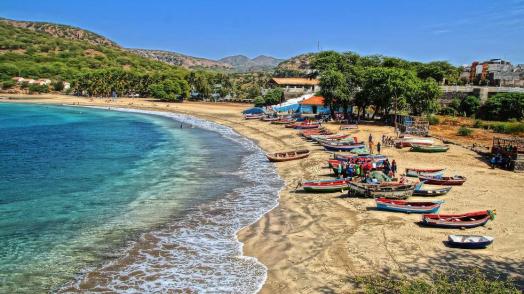This executive summary contains the results of the Cabo Verde’s Emergency Preparedness and Response (EP&R) Diagnostic. The summary also covers the advised investment priorities.
The objectives of the Diagnostic were:
- To advise on future programs and investments in order to enhance Cabo Verde’s EP&R system; and
- To contribute to improving efficiency, avoiding duplication of efforts, and enhancing the benefits of collaboration among key Government, emergency relief entities, private sector, and civil society groups.
The Diagnostic was carried out under the GFDRR EP&R conceptual framework, which captures a comprehensive system and helps to identify opportunities for investments, and it builds on five core interrelated components of emergency preparedness and response systems. These are:
- Legal and Institutional Frameworks
- Information
- Facilities
- Equipment
- Personnel
Each component was measured by a set of criteria that address a particular aspect of a functional EP&R system for Cabo Verde. In turn, each criterion included a set of four indicators, each with five key attributes that gauge the maturity of that aspect of the of the preparedness and response system.
In total, the Diagnostic examined 360 individual data points related to the strength of the EP&R system in Cabo Verde.
The diagnostic was conducted by the National Civil Protection and Firefighting Service of Cabo Verde, with support from the World Bank under the framework of the Disaster Risk Management Development Policy Financing with Catastrophe Deferred Drawdown Option (Cat DDO). This Diagnostic was conducted with the technical support from GFDRR through a new holistic approach to strengthening government EP&R systems, in order to design practical, yet detailed strategies for resilience.
This report and associated activities were financed by the Government of the Grand Duchy of Luxembourg through GFDRR.




